
With an incredible battery life, and a host of features that should appeal to runners, mountaineers and hillwalkers alike, the Vertix 2 is a state-of-the-art wrist-mounted powerhouse, says Rob Greenwood. But despite the huge price tag, it's not quite perfect. So is this the watch you've been looking for?
Whilst I'm aware that you can go climbing, running and walking without actually needing all that much kit, a lot of climbers, runners and walkers use a GPS-enabled watch (and its accompanying software) to plot their route and track/analyse their exercise, performance and recovery. Garmin and Suunto have historically dominated this market, but COROS have developed something of a reputation in recent years - not least with some big named signings like Eliud Kipchoge, Tommy Caldwell, Kilian Jornet and Emelie Forsberg. Their flagship model - the Vertix 2 - is a showpiece, with industry leading GPS and unrivalled battery life, which lasts an almost unfathomable 60 days of normal use. Perhaps unsurprisingly, given its place at the top of their range, it comes at a price that will likely make some people's eyes water - just under £600. This is far from a budget model, so before you freak out and go straight to the comments, ask yourself - is this an amount of money I'd be willing to spend on a watch? If the answer is no, then stop reading. If the answer is yes, or maybe, read on...
In Use
I've divided this section into several parts, because whilst this is a multi-sport watch, different activities call for different features, and I've tried to put these into a little more context to make sense of whether or not it would be useful or relevant.
Climbing and Mountaineering
As you can tell from all the marketing material that surrounds the Vertix 2, it's heavily orienting itself towards climbers through the brand's close association with Tommy Caldwell (who, due to his profile, can't have come cheap). The watch itself features a multi-pitch mode, which tracks - as you might expect - how many pitches you've climbed. How useful this information actually is will largely depend on the kind of climbing you're doing.
If you're based in the UK and primarily boulder, sport or trad climb, then a lot of the information is either going to be unnecessary or overkill. For instance, if you're only climbing single pitch, then the multi-pitch mode won't be of much use. Conversely, if you're climbing multi-pitch, then within the UK - even on the tallest of mountain crags - I'd like to think you'd already know how many pitches you've done, and if you don't then the best place to acquire this information is a guidebook, not a watch. The data that you'll get back from this usage won't be (at least in my eyes) all that meaningful either, because whilst the number of miles run is useful to runners, the number of pitches climbed by a climber isn't what you actually need to know - what's most meaningful is how difficult each of those pitches were (which isn't something that a watch can tell you).
In addition to this, if you're anything like me you won't want to wear a watch whilst climbing, partly because it's likely to get scratched and partly because it'll get in the way when you're trying to stuff your hands/wrists into cracks. COROS have got around this by creating a unique carabiner to clip it onto your harness, but then this means it'll no longer take your heart rate into account - hence you'll have even less data to analyse afterwards. In short: for cragging I fail to see the relevance of the Vertix 2 unless you really, really like owning shiny toys.
Where the Vertix 2 comes into its own is in larger and gnarlier mountain environments. In the UK the only such setting I can think of is winter climbing. Beyond that the main environment I have in mind is places such as the Alps or the Rockies, or looking further afield the Andes, Himalayas and Patagonia. In these big environments its features immediately become much more useful, with both the altimeter and the GPS being much more relevant than they would be on a trip to Stanage Edge or Malham Cove. The fact that these environments tend to have much longer and more complex approaches means that there's far more relevance to having a good GPS, because it's something that you'd proactively use to reach the base of your route in bad weather - or just for peace of mind.
When it comes to routes, it largely depends on the complexity of the route you're intending to undertake, but if you are going up a more obvious ridge or couloir then you should be able to plot out a gpx that ensures you go the right way (although if it's that obvious, you might not need to). Even if you don't use this, the altimeter will give you a good indication of how far up the mountain/route you are. This is particularly useful for long, alpine routes where you're not necessarily going to know what pitch you're on, because the chances are you're either moving together or linking the pitches (or off route). Once you're at the top of your route it could also be used to help navigate your way off the mountain, although you'd need to preset your route - it's not something that could be done on the fly. Obviously you could do all this with a map and compass, but the whole point of a GPS is that it's there to help - and save a bit of time - and within the mountaineering environment time is often one of the most important factors in safety. Others might use a more basic altimeter watch in combination with GPS/mapping on a phone, but it's clearly less fiddly to bring all the functions together in one device on your wrist. So when it comes to mountaineering, the Vertix 2 has a lot more relevance both in terms of the approach, the climb and the descent.
Running
Before I go into too much detail, it's worth highlighting that when I refer to 'running' I'm going to specifically focus on mountain, fell, trail and/or ultra distance running. Whilst the Vertix 2 actually has a whole host of features that are of much more relevance to road runners, this is a climbing, mountaineering and hillwalking website. Besides this, the vast majority of my own running is in an off-road and upland environment. If you want a more road-centric review my recommendation is to look elsewhere. That said, it is worth mentioning (albeit briefly) that there are some features that are only available to those who run on road/track, in particular the watch's marathon level calculation, which aims to give you an indication of your marathon, half marathon, 10k and 5k times. Understandably if you're running off-road, in unpredictable and undulating environments, this time is going to be skewed - hence it's pretty understandable that this function isn't available (as it'd be pretty meaningless anyway).
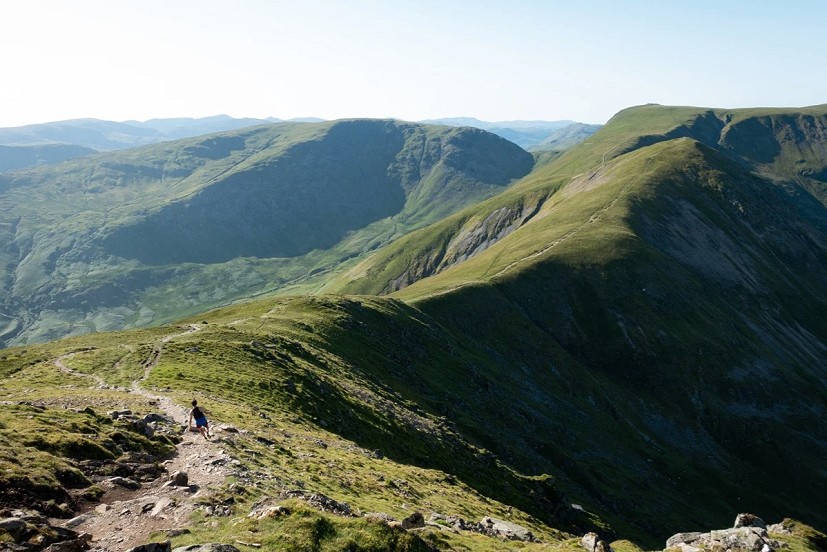
The vast majority of my own usage has been running, with over 500 miles logged. Whereas I'd question its relevance for the casual single pitch climber, I'd say its relevance for the performance oriented runner is undeniable, as the data you get out of it is the exact data you want; furthermore, you can - as a result of its large screen and customisable interface - access almost all of this data at once whilst out on the hills. If you want to know your heart rate, pace, average pace, distance, elevation gain, time of day, and workout duration - you can have that available all at once. When you get back, you can upload your run onto the COROS App, and gather up all the data you'd expect, plus a load of extras such as cadence, stride length, and running power.
If you add into the mix the fact that you can setup your routes and use its inbuilt mapping to navigate your way around them, the Vertix 2 becomes even more attractive. This isn't to say for a minute you shouldn't carry (and know how to use) a map, but having maps on your watch does make a great, quick aid when you're out, and can help save a whole lot of time. I've used this to my advantage throughout the winter months, when stopping can often be quite undesirable (or to put it another way, keeping moving can be quite beneficial). I'm aware in saying this that people have very strong opinions regarding the use of electronic devices in the mountains, and my comments regarding carrying (and knowing how to use) a map still stand. This device is about making further efficiencies.
It's impossible to continue without referencing specific features, so I'll move onto the third and final discipline before focussing on individual features and functions.
Walking
Walkers have a predictably similar set of needs to runners where navigation is concerned, so virtually everything I've outlined above still stands when it comes to GPS functionality.
Where the two user groups differ (and this is something of a sweeping generalisation) is the performance analysis, which is to say that for runners buying this I suspect this is arguably what they're looking to buy into, whereas for walkers my feeling (rightly or wrongly) is that the priority area will be navigation. The fact that the Vertix 2 features some mapping (albeit quite simple) brings it above more basic models, which exclusively feature a breadcrumb trail, and adds in something more meaningful. That said, it's a long way from being OS mapping, but any watch that features that tends to be severely hindered by its limited battery life, as the processing power required to make it work takes a severe toll on the watch's charge time. As such, the Vertix 2 - particularly when its battery life is taken into account - is pretty attractive for both one-day and multi-day hikes and treks. On the other hand, if you already own a smartphone with a mapping app, and perhaps also an altimeter watch, then you may struggle to see a pressing need for the Vertix 2 in the UK hills.
Features
Battery Life
Whilst access to all five major satellite systems is cool, it isn't this that gets people talking - it's the battery life. Having used a Suunto 9 for years, I am used to having to charge my watch at least once a week - possibly more if it's a particularly active week. Whilst it isn't the end of the world, it is a pain to have to charge so frequently. Sometimes it'll catch you by surprise just before heading out (which is annoying), but on a more practical note, if you're heading out for several days, either on a multi-day hike or a non-stop race like The Spine - then you're going to have to take something with you to charge it with (and that really is an extra hassle you could do without).
This is where the Vertix 2 eclipses pretty much everything else on the market. Its amazing battery life is likely the feature that a lot of people end up buying it for - a now fairly legendary 60 days (or 140hrs in standard full GPS tracking mode). To begin with I was unsure as to whether this would ring true, because it seemed like a pretty big claim, but after an entire month of almost non-stop use I was yet to charge it once. In fact, during the many months I've had it I don't think I've charged it more than four times, whereas I'd likely have had to charge my Suunto 9 20+ times. The fact I'm down to do the Summer Spine later this year makes me a little biased too, because I could literally leave on the Vertix 2 throughout without even the slightest fear of it switching off. Previously that would have been unimaginable, but now it'll be seriously hard to ever switch back to my Suunto, because the Vertix 2's mega battery life makes everything so much easier.
GPS/Satellite
One of the things COROS are shouting loudly about with the Vertix 2 is its ability to talk to all five major satellite systems (GPS, GLONASS, Galileo, QZSS and Beidou), which makes it both quicker and more accurate. One of my bugbears with the Suunto 9 is that it occasionally has trouble picking up a signal. I've had this in places where you'd assume you might have trouble, such as in high sided, sheltered valleys or heavily forested areas, but also in really open spaces where you'd think it'd be easy to get a line from almost every satellite available. This can be a pain on several levels, be that the data you'll likely lose from your session, or the route information you might have wanted in terms of where to go next (another reason to always carry a map/compass).
The Vertix 2's satellite coverage ultimately makes this a thing of the past, and throughout my own usage there were only two occasions where it didn't pick up signal within 20 seconds (and usually less). Whilst this is really good, and it removes a really annoying flaw that the Suunto 9 felt like it had, this isn't a feature I necessarily got all that excited about. In a way, it's so good at doing what it does that you can easily take it for granted, forgetting those irritating times that your other watch failed to do this seemingly basic task. Perhaps that's a compliment in itself, because the Vertix 2's satellite coverage is really reliable: you turn it on, it goes on, and you head off.
The Vertix 2 also offers dual-frequency capability, which further increases the reliability of the signal received from satellites, although given its accuracy in standard mode I must admit I haven't found a need for more - plus using this feature would take a toll on battery life (not that this would be too much of a problem given the abundance of said).
Mapping
Mapping takes two forms on the Vertix 2: topo and landscape. The latter is, at least from a mountain perspective, something you'll largely ignore, as it's the topo maps that you'll want to upload as they're the one with a greater level of detail. That said, don't expect OS levels of detail - it's much more broad brush than that in terms of the features it includes, but equally it's much more than just a basic breadcrumb trail.
It's worth noting that the Vertix 2 doesn't come with mapping uploaded and due to the file sizes, coupled with the upload time, this is something that takes an hour or two in the evening to get sorted (i.e. don't leave doing it until five minutes before you go out, because you'll need a lot more time than that!). First you'll have to download the file from the COROS website, then you'll have to transfer the files to your watch. It's a bit of a faff, but it's a one-off faff that I did several months ago and have subsequently forgotten about. Obviously it'd be lovely if it came with it already uploaded, and for £600 I guess it's fair to hope it might, but it doesn't.
Another caveat worth mentioning about the mapping is that you can't use it to plot routes directly onto. In order to get the routes onto your watch you'll have to either download a gpx file of an existing route, or create one yourself (I tend to use OS digital mapping), then send it to the app and upload it to your watch. It sounds like a faff, but it isn't really - especially if (like me) you like playing around with routes anyway, hence the hard work is already done (it's just a case of transferring it).
One fairly major downside in terms of its UK use is that the mapping isn't interconnected with grid references. According to COROS this is on the to-do list, but isn't - at least at this point in time - available now. It's fair to say this would be a pretty integral feature, because it would allow you to get an exact reading of where you are. To help put this into context, imagine you've just topped out of a route on the Shelterstone in winter. It's bad weather - as it often is - and the wind is blowing. There is little to no visibility and you haven't pre-programmed the route into your watch, so are navigating your way over the Cairngorm plateau with map and compass, aiming for the Goat Track; however, as you near your destination you become unsure as to whether the slope ahead of you is indeed the Goat Track or something altogether more treacherous. In this instance the Vertix 2 wouldn't be able to offer you any help, other than a set of coordinates which would be useless to anyone other than perhaps mountain rescue.
Since I received the watch COROS have been busy updating a variety of its features, so I do have faith it will be done at some point, although we have no idea exactly when that might be. There's a distinct chance that to some (many perhaps), this omission will be so major that it provide an insurmountable stumbling block.
ECG/Heart Rate Feature/Optical Sensor
I've historically been pretty cynical of wrist-mounted heart rate monitors, because experience has taught me that they're all over the place in terms of their accuracy - particularly whilst running. For activities where you're not bouncing around they're fine, but anything else you're best using a chest strap. Whilst COROS don't produce their own strap, all 3rd party BLE chest straps are compatible with it - if you're after that greater level of accuracy.
In light of this, I approached the opical sensor on the Vertix 2 with some degree of treipdation, but I was pleasantly surprised by the results. For the most part it felt impressively accurate, particularly whilst running at a consistent pace; however, where it felt sluggish to respond was during hill reps, where all other metrics available increased immediately, but heart rate barely rose at all. I've outlined an example of this below, where I was doing 2 minute uphill intervals. You can see pace, cadence, stride length and power all increase signficantly, but heart rate barely reacts at all, never making it out of aerobic power.
I've been running long enough to know that when I'm running all-out, uphill for two minutes I am working significantly harder than that. Not only is this miscalculation misleading, but it also skews all subsequent data with regards to your performance and recovery. The way I look at it is that, much like using a map, you should know your own body and how certain heart rate zones actually feel (i.e. zone 2 = conversational). The same could also be said for recovery, whereby it's great that your watch tries to give you an indication when you may or may not be recovered, but if you don't feel it then you're probably not recovered. The ECG/HRV function will help to provide more accurate, real-time information on this, but in short my mantra is this: if you don't believe your watch, believe your body (and don't underrate the importance of rest).
Interface and Dial
The Vertix 2 features two buttons and a rotating dial, coupled with touchscreen technology, which allow you to navigate your way around the watch. It's simple and relatively intuitive, but does benefit from a bit of reading up in the early stages - just to ensure you know how to access each of the various menus. There's a lot of data you can delve into within the watch itself, although personally I'd say if you're after data it's the app I'd much rather reference. That said, during exercise there's no other option and between the two buttons, dial and touchscreen you can get everything you want quickly and easily.
The dial itself does seem to divide people though. Personally, I've liked it, but there have been times - normally whilst I'm wearing gloves - where the dial gets pushed up against them and inadvertantly unlocks the watch. At worst it could end your activity, and although I've never had that happen to me, I have had a session paused without realising it (which is a bit annoying).
Through these you have access to a number of other menus, from the homescreen through to the activity, to the menu to your current stats.
Of course, everything I've focussed on thus far is for when you're not exercising. When you are there's a lot of room to customise what you see. Not only can you customise it, but you can customise it for each activity too, meaning that when you're trail running you see only what's relevant, which might be different from when you're walking or cycling (or whatever else it is that you're doing). I've personally set things up so that I can see most things I need to within a single screen, which includes heart rate, distance, pace, elevation gain, elevation and duration. If you want to see less, or different information, then you can adjust that from within the COROS App.
ANT+
This is a little specific, as it's not really something that climbers, runners and walkers are interested in; however, for cyclists ANT+ is a feature that's used for people to pair with their trainers. Ordinarily I wouldn't have been interested either, but earlier in the year I injured myself running - hence spent a lot of time on a bike, on a turbo trainer. Previous models have featured ANT+ compatibility, but the Vertix 2 doesn't, meaning that I couldn't pair it with my turbo trainer - hence had slightly disjointed data at the end of it. Whilst this isn't the end of the world, it is a bit annoying and would make it a pretty unattractive option for the cyclists out there.
Other features
At UKC and UKH we're not one for unboxing, because for the most part it's all bollocks. The Vertix 2 does have a fairly monumental unboxing experience, insofar as its supplied in what feels like a bombproof flight case. Whilst this undoubtedly gives it a premium feel, and will appeal to some in terms of the sense of prestige it brings, it does seem somewhat unnecessary. I opened it, took out the watch, and have subsequently left the case to gather dust in the corner of my house. Was it worth it? In my case, no.
Another feature I haven't used, but is worth acknowledging, is that it provides both Insta360 Action Control and Music playing capability. You can also set it up so that you receive notifications for all sorts of things like incoming emails and text messages, but personally I can't think of anything more horrific, so I immediately turned it off!
You can also download various training plans and install them onto your app/watch. If you have one of your own you get get it all uploaded and configured via the COROS Training Hub.
Summary
In the UK context the Vertix 2 arguably has most relevance to runners, but winter mountaineers and hillwalkers stand to get a lot out of it too. So, the big question - is it worth it? The answer, as it almost always is, will be largely quite personal. £600 is a substantial investment, of that there is no doubt, but having used the Vertix 2 for several months I must admit I'm going to find it hard to go back to my Suunto 9. Why? A lot of this comes down to the battery life, because those 60 days really are incredible, and my suspicion is that a lot of people will buy the Vertix 2 simply because of this. The fact that this is then backed up with other brilliant features, and a decent app, makes the Vertix 2 an extremely attractive option. There are some shortfalls, and it's not perfect, but it comes pretty close.



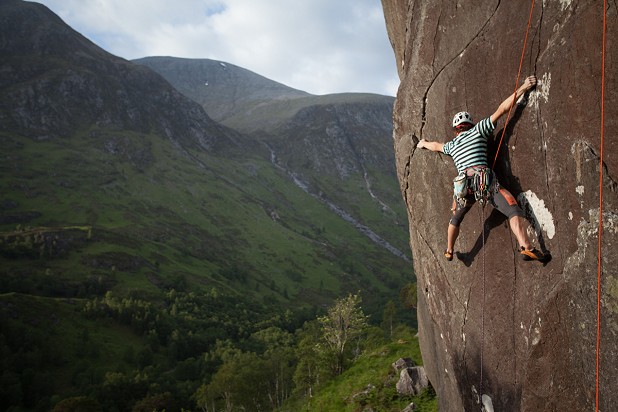
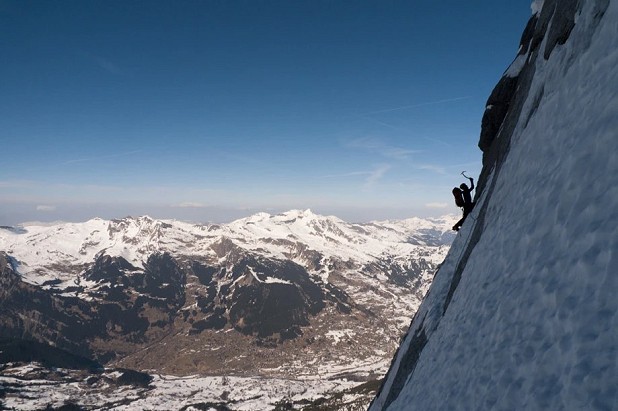




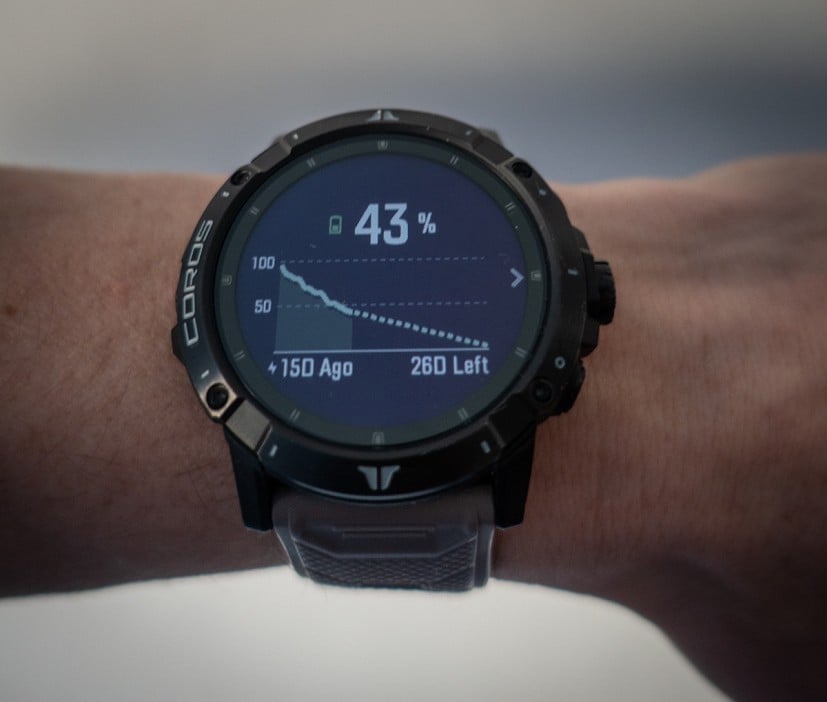
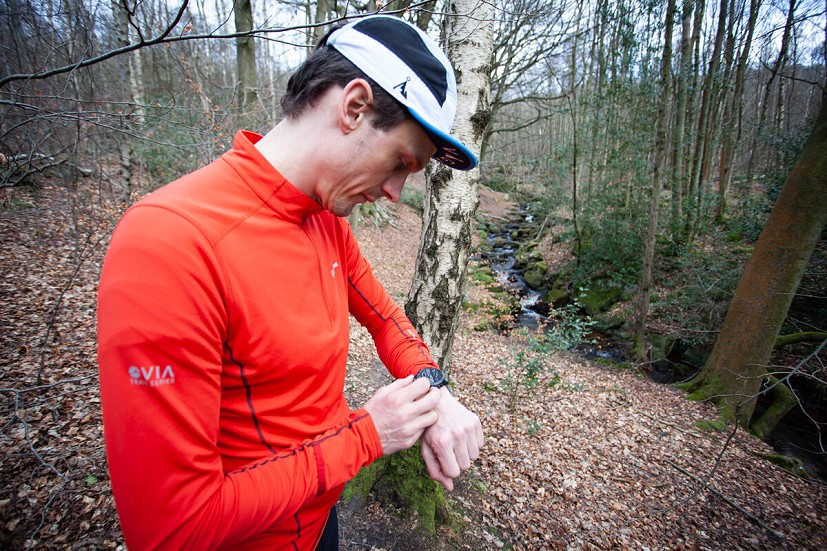


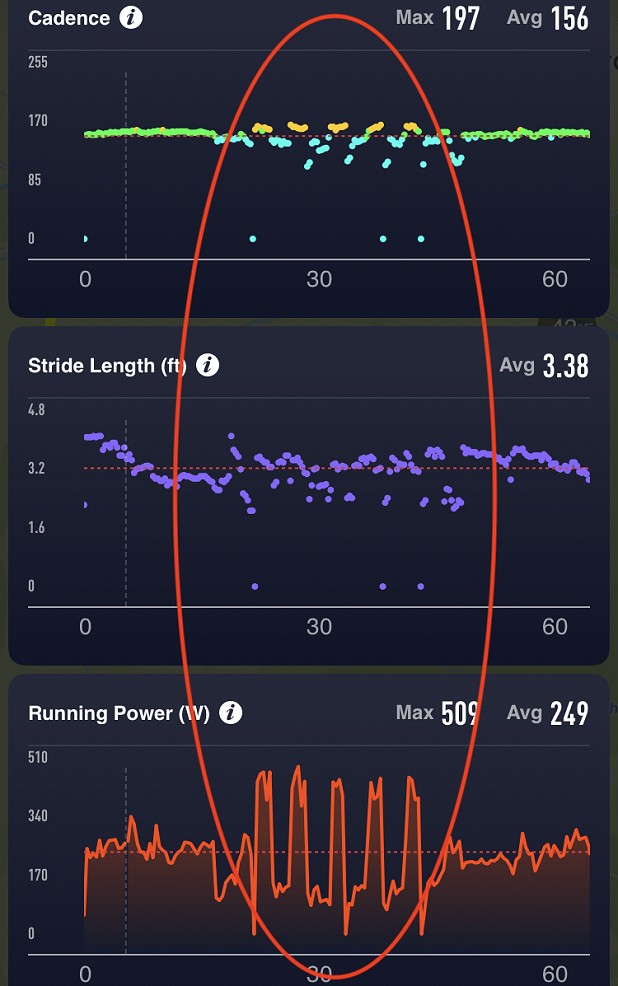
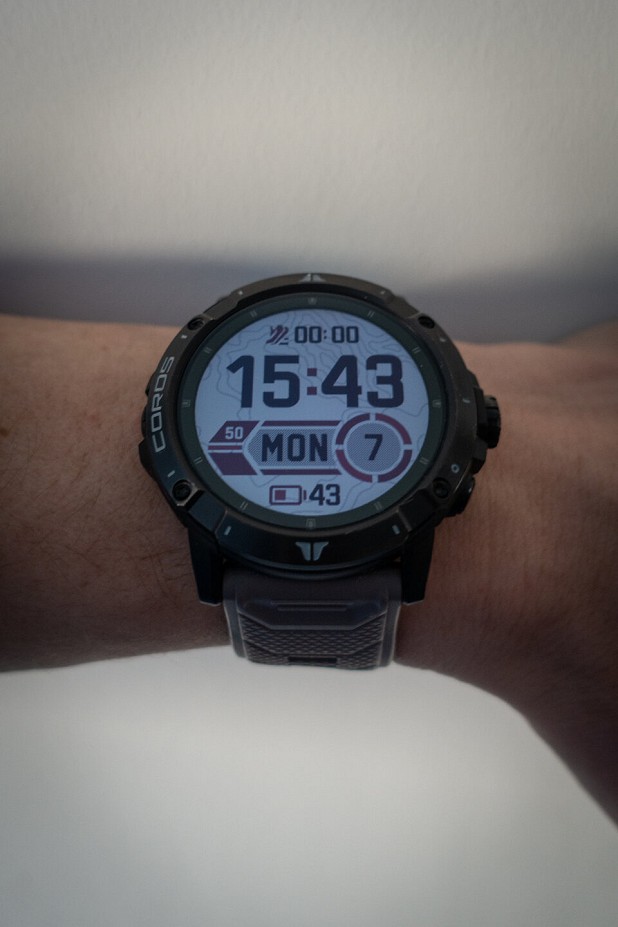
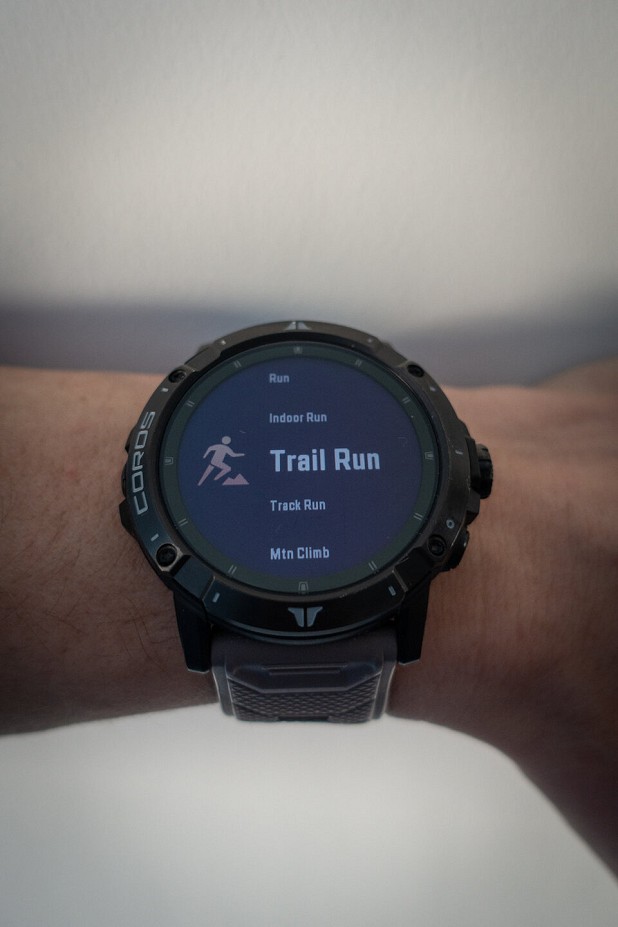

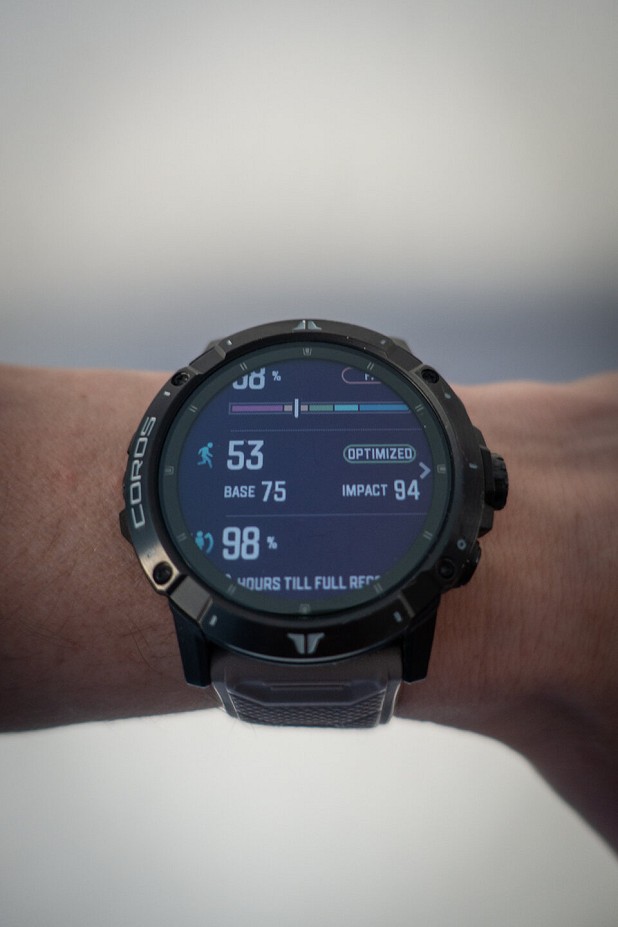
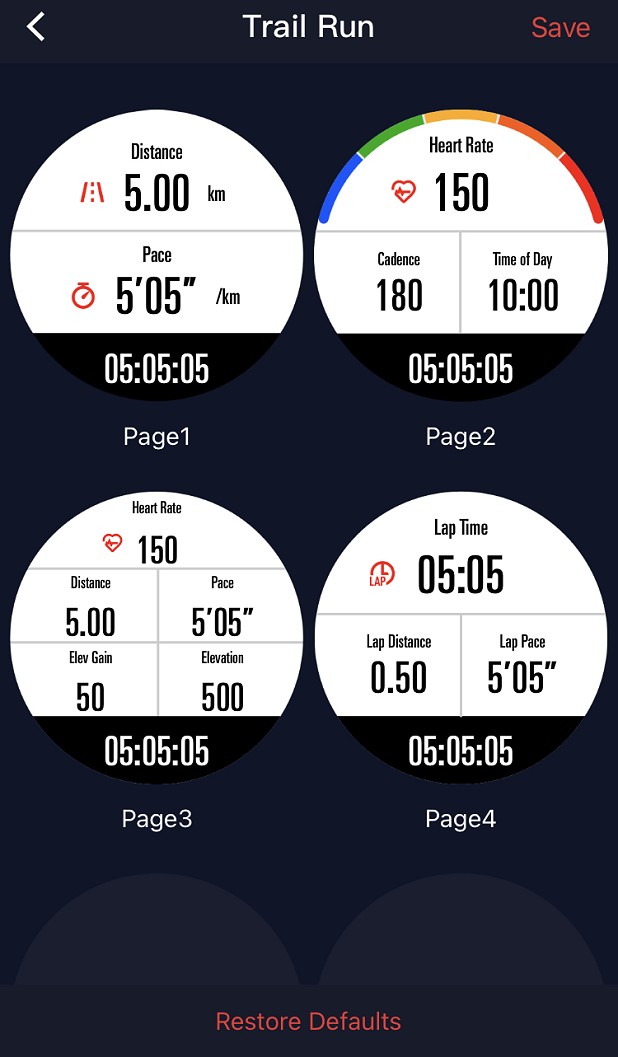
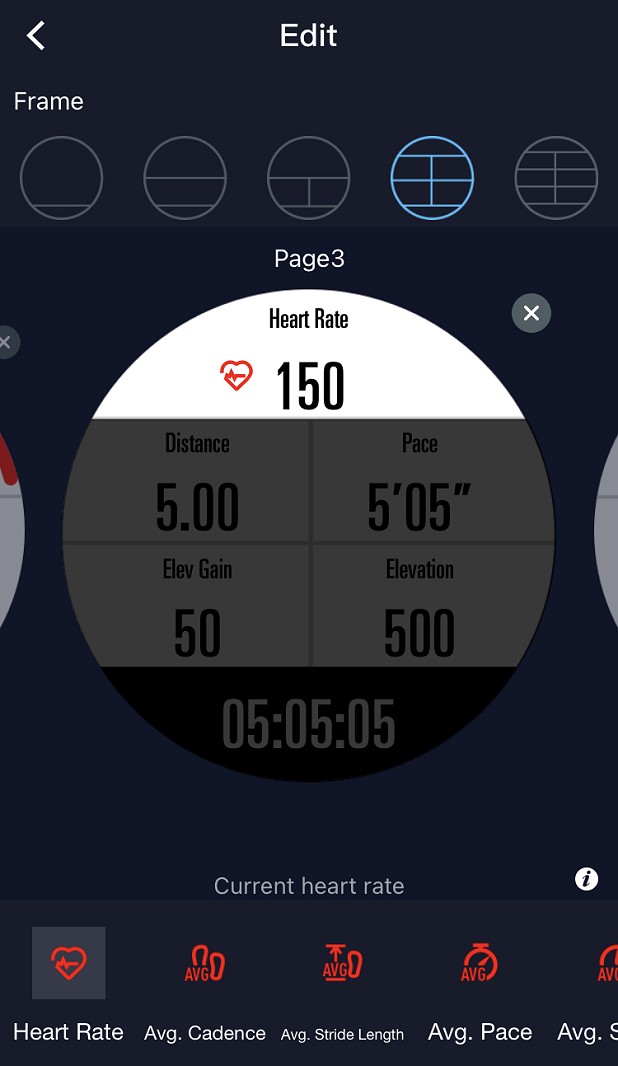
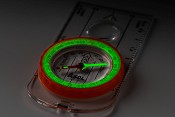
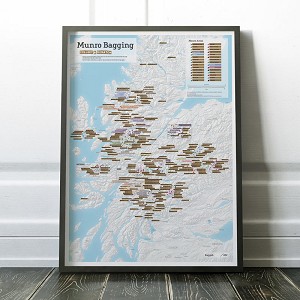
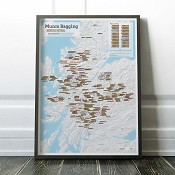
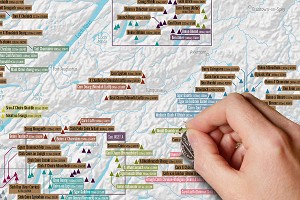
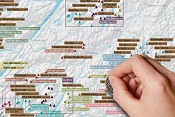
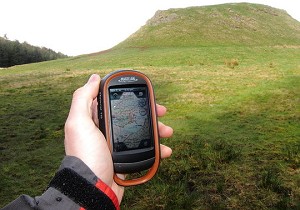

Comments
People pair Polar HR straps with Coros. The Polar Verity Sense can be used on the upper arm if you don't like chest straps. Keep meaning to get one because...
...I've had an Apex for over a year now. Really rate it overall but the wrist-based HR sensor is not reliable. If you want to track your HR data over time over the same runs, you just can't trust it. Which is irritating.
Also, some of the data in the App around fitness/fatigue/performance etc is just plain daft. It even gives predicted race times for distances slower than the... race times you've recorded on the watch!
Thanks for the feedback Tom, I hadn't seen that reported elsewhere, and haven't got a Polar HR strap to try it out with, so wasn't aware of that, but it's good to know. As per the sentiments within the review, I've found it to be fairly accurate in some regards, but really inaccurate in others. Either way, I agree with exactly what you've said: if you want accurate results, never, ever rely on a wrist-HR.
I think I fell through some of the gaps here, because I don't take place in any of the events that the watch predicts time for (i.e. 5k, 10k, Half Marathon, Marathon etc...). I think if you're an outright road runner they'd be more accurate, but the watch - and the software - finds it hard to handle the data from trail running. Part of me wonders whether it's this that's caused it to come back with dodgy data for you, because I know you blend the two (i.e. road and trail). Either way, it felt - at least to me - like it offered a lot more performance data for the road/track runner, but maybe they're just a much easier group to calculate for due to the consistency of the terrain and pace?
I should say I've just picked on the negatives there. After 14 months of use, there is literally not one scratch - nothing - on the sapphire glass screen. The build quality is another level compared to the Garmin I had before. I like a lot of the features and the ease of uploading training programmes from the App. And as everyone says, it's really handy to rarely have to charge the thing up.
When you're reviewing things it's really easy for the constructive criticism to overshadow everything else. In the case the Vertix 2, and in your case the Apex, each have their limitations, but each also have a huge set of perks and positives. Like you say, the build quality is on another level and the battery life is still something I'm stunned by.
To put this into context, I'm currently at 17% battery - which with a Garmin or Suunto would mean you'd need to get it on charge right away. With the Vertix 2 you've got another 7-10 days!!
I had the same issue with the wrist based HR for Hill Reps but it is pretty good when you are keeping a steady pace. Using a chest strap is much better for hill reps, intervals etc and you get the data you would expect.
I'm training for the West Highland Way Race and UTMB and I have been using the Music mode as I often listen to Japanese whilst I'm running (bonus study time). The music mode does have a significant drain on the battery though. Although, as you mention in the article the battery is exceptional.